Vitiligo, also known as leukoderma, is a skin disorder in which the pigment-making cells of the skin are damaged. These cells are known as melanocytes, and they are responsible for the production of melanin, the substance that imparts color to the skin.
This condition is manifested as white colored patches on the skin on various parts of the body. It can also affect the tissues inside the mouth, nose, or eyes, and other mucous membranes.
In the following article, we will read about the causes, symptoms and all the home remedies to cure vitiligo.
Table of Contents
Home Remedies To Get Rid Of Vitiligo
There are alternative treatments for vitiligo that can help you heal it from the comfort of your home. They are natural remedies that mainly consist of herbal extracts, minerals, and vitamins. Read on to get to know them:
1. Papaya

This delicious fruit comes from a large tree. It is rich in antioxidants and has several health benefits. Papaya can be used for treating vitiligo by cutting it into pieces and rubbing them on the white patches. Apply a layer more after it dries. To get faster effects, drink papaya juice every day.
2. Red Clay
This is a very popular home remedy. Red clay is found in the river banks of several countries of Asia, Africa, and South America. Its high content in copper makes it a good vitiligo cure. Use powdered red clay in a mixture of ginger juice such that it makes a homogenous paste.
Ginger is used for promoting blood flow to the spots. Rub it on the affected skin and wash it off when it dries. Follow the process daily for four to five months.
3. Goosefoot
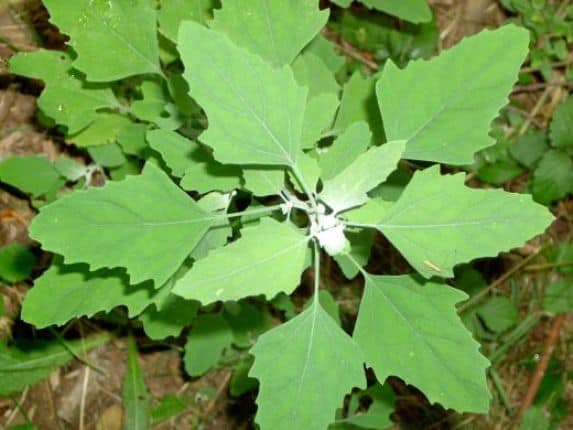
This vegetable is rich in vitamins, minerals, proteins, and folic acid. It belongs to the genus Chenopodium, and it grows from a weedy plant. Take the leaves to extract its juice and apply it to the patches thrice every day. Goosefoot can also be consumed every day for more efficient results.
4. Copper

This is an essential mineral for the body, but it is particularly used in healing skin disorders. Copper can remove free radicals and be regulating the melanin-producing cells (melanocytes). This can bring back your natural skin tone.
You can obtain copper from foods like soybean, sprouts, ginger, watermelon seeds, pumpkin seeds, tomatoes, nuts, chili powder, lobsters, cocoa, oysters, liver, and many more. It is also available in the form of ready-made supplements.
Drinking water that has been stored in a copper container is also said to increase the amount of copper your body gets. However, make sure your copper sources are as natural and moderate as possible because the excess of copper in the body could cause side effects.
These include insomnia, depression, hypertension, schizophrenia, vomiting, cramps, and diarrhea.
5. Turmeric

Turmeric is a known antiseptic, antimicrobial, and anti-inflammatory agent. It can cure vitiligo with the help of mustard oil. For greater effectiveness, dissolve turmeric in water and boil it.
Add mustard oil after filtering it to make a fine paste and apply it twice per day on the skin patches. Let it act for 20 minutes and wash it. Follow the procedure for at least 15 to 20 days.
6. Radish Seeds
This vegetable has been used to treat several pigmentation disorders. It is very effective in regenerating human melanin. Crush and grind radish seeds making a fine powder and add vinegar such that it makes a thick and smooth paste.
Apply it to the skin and leave it on it for 15 minutes before washing it. Repeat the process every day for six months to see the darkening of the white patches.
7. Walnuts
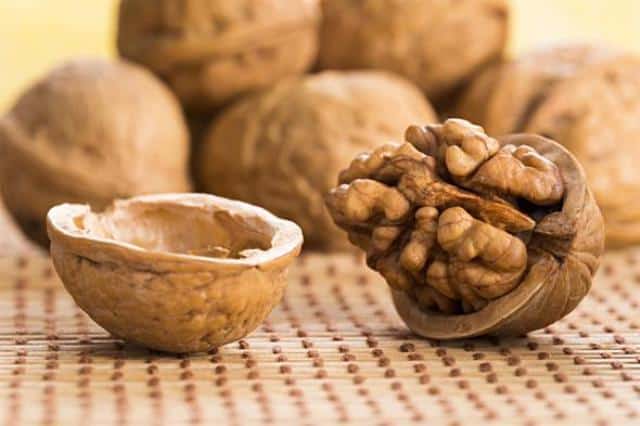
Walnuts are a highly nutritive dry fruit. They can be consumed as food and applied to the skin for treating vitiligo.To use them as a topical application, take two teaspoons of ground walnut and mix it with water to make a thick paste.Apply it to the affected skin and wash it after 20 minutes. Repeat the process three to four times a day for a couple of months.
8. Margosa Leaves
Wash the leaves of margosa and blend them to extract the juice. Mix two teaspoons of it with a teaspoon of honey and add it to a glass of water. Drink this juice about three times a day for a month. You will notice the re-pigmentation of the skin.
9. Psoralen Seeds
This herb is a good and natural treatment for vitiligo. Soak two teaspoons of its seeds with about 25 grams of tamarind in water. Leave it for four days and grind them after drying.
Make a paste by adding the tamarind water and apply it on the white patches twice a day. Let the paste act for at least 20 minutes before washing it off the skin. Follow the process every day during a month.
Psoralen powder can also be added to coconut oil along with barberry root powder and black cumin. Make a smooth paste with these ingredients and apply it on the white patches every day for 4 to 5 months.
10. Psoralen And Ginger With Milk
Psoralen seeds can also be used with ginger. Mix psoralen seeds powder and ginger powder to add it to a glass of warm milk. Drink it every day for a month.
11. Gingko Biloba
This therapeutic herb is helpful in curing several skin disorders. It can heal vitiligo and promote re-pigmentation of the white patches by applying its paste on them every day.
12. Sweet Basil
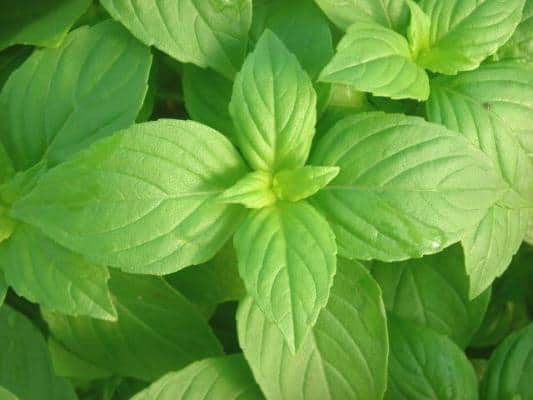
Basil leaves can efficiently treat vitiligo when combined with lemon juice. They have antimicrobial and anti-aging properties that benefit the skin. Add the extracts of basil leaves to lemon juice and mix them.Apply the mixture to the affected skin and leave it for 15 minutes before washing it. Repeat the process daily for 5 to 6 months.
13. Duckweed
This water plant is also known as Lemna minor is a high source of lignin and hence a very good remedy for vitiligo and other skin disorders. To restore the natural color of your skin, grind duckweed till it forms a fine paste and adds a teaspoon of honey. Drink it after meals twice a day.
14. Indian Lilac
The extracts of this plant have minerals that are very good for treating skin disorders, especially vitiligo. Drink the juice extracted from the leaves of this plant twice a day for healing the skin.
15. Figs
Figs are natural purifiers of the blood, and their consumption improves the circulatory system. They can be eaten raw, or they can be applied to the skin. For this, roast and grind the figs to their powder form. Make a paste with water and apply it on the patches.
16. Black Gram
Black gram can lead to re-pigmentation of the white patches. Grind it to form the powder and add water to it to make a paste. Apply it to the affected areas and let it dry before washing it. Follow this remedy for four to five months.
17. Khellin
This Mediterranean plant is also known as Ammi visnaga. It works similarly to psoralen to heal the skin from pigmentation disorders. It can be applied topically or consumed orally. The dosage should be advised by your dermatologist.
18. Babchi Seeds
Soak Babchi seeds along with tamarind in water for three to four days. Let them dry and grind them to make a paste. Apply it on the patches for about a week to induce re-pigmentation.
This remedy does not suit everyone, so test the paste by applying it on a small area of your skin first. Continue with this treatment if there is no itching, reddening, or any other reaction.
19. Honey
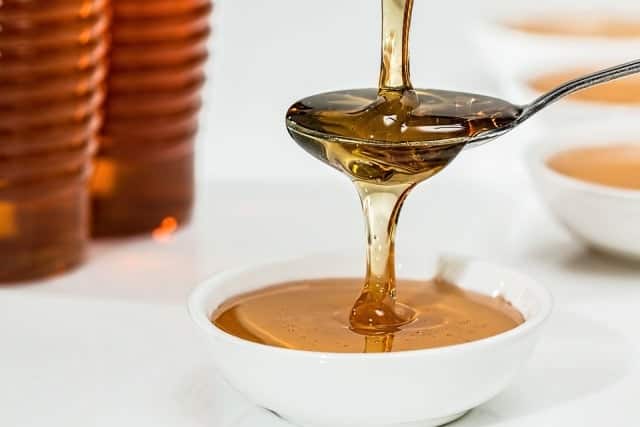
Honey has many attributes when it comes to skin health. It is a natural softener, and it has therapeutic properties that make it a good remedy for skin disorders.
- Consume 1 to 2 tablespoons of organic honey every day to supplement your body with numerous minerals and vitamins beneficial for the health.
- Honey can also be applied to the skin directly. Let it act for 30 minutes at least and wash it off with warm water.
20. Apple Cider Vinegar

This wonder extract has many benefits for the health. It can be used as a remedy for the skin due to its antimicrobial properties. Mix apple cider vinegar with water and rinse your skin with this mixture twice a day. Use it for a month to get visible results.
21. Cabbage
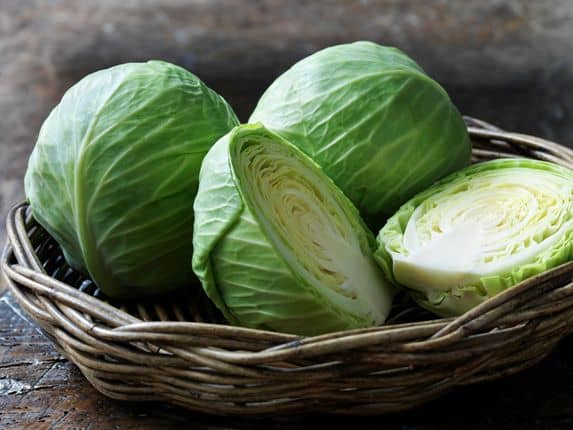
This vegetable can be commonly found in groceries and markets. Use its juice to heal vitiligo by applying it to the skin. Leave it for 10 minutes before washing with water.
The water used to boil cabbage leaves can also be used as a skin rinse. In addition, increase your cabbage portions to obtain the maximum benefits from it.
22. Ginger

Ginger can reduce the white patches by its ability to boost the blood circulation. To use it, crush ginger and make its juice. Mix it with water and lemon juice and consume it twice a day. Ginger pieces or paste can also be rubbed on the skin.
23. Vitamin B9 & B12
According to studies of vitiligo cases, the majority of the patients are deficient in vitamins B12 and B9. Supplements of these vitamins can promote re-pigmentation. You should also consume vitamin rich foods like sunflower seeds, milk, cheese, liver, chicken, eggs, and fish.
24. Vitamin E
This is another vitamin that can help in healing vitiligo. It is present in most of the nuts and it has fatty acids and phytochemicals that increase the protectiveness of the skin.
25. Protein
Protein-rich foods like fish, egg, chicken, or soy should be consumed regularly to maintain a healthy skin and help in its repair.
26. Folic Acid & Beta Carotene
To preserve the natural nutrients of the food, avoid over-cooking them. Folic acid and beta-carotene are examples of nutrients that your health and skin need for their healing processes, and these are obtained mainly from fresh and raw food items like fruits and uncooked vegetables.
27. Green Vegetables

Green vegetables have a high amount of phytochemicals and anti-oxidants necessary for the healing of skin disorders. Make sure you include food like broccoli and spinach in your diet.
28. Fibers
Substances like fibers, minerals, and vitamins are essential for the proper functioning of the skin cells. Make sure your diet never lacks of food that are high in these nutrients.
29. Zinc
Zinc is a micronutrient that is particularly good for the treatment of vitiligo. Increase the consumption of zinc coming from natural sources like oysters, lobsters, pork, crab, chicken, nuts, beans, and dairy products.
30. Folate
Folate deficiency can aggravate the symptoms of vitiligo. Regulate your levels of folate with the consumption of cereals, asparagus, broccoli, and spinach.
31. Vitamin C
Citrus fruits like grapes, oranges, lemons, and limes are the best sources of vitamin C. It is also found in vegetables like potatoes, broccoli, and tomatoes. Consume these food items to boost the treatment of vitiligo and the self-repair of the skin.
32. Mama Cadela
The roots of this plant are an efficient home remedy for vitiligo. Boil them in water for ten to fifteen minutes and apply the extract on the white patches to heal them.
33. Pomegranate
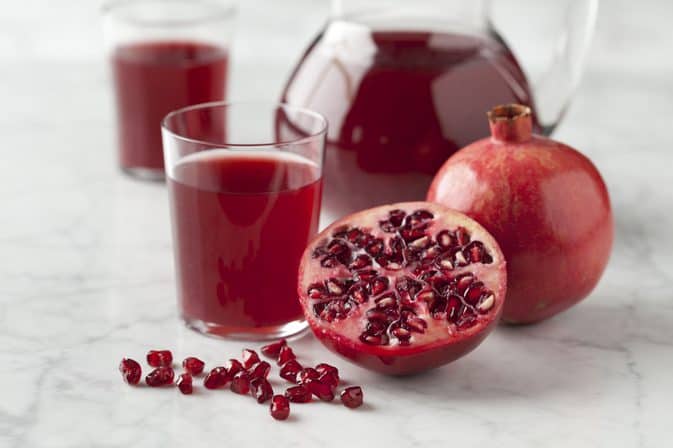
Use pomegranate leaves in their powder form to cure vitiligo. Dissolve a tablespoon of this powder into a glass of water and drink it twice per day.
34. Berries
Berries are especially good for treating skin disorders due to their high amount of phytonutrients and antioxidants. These substances can counteract the harmful free radicals present on the body and skin and heal the disorders caused by them, including vitiligo.
35. Oats
Oats are skin protectors and regulators of cholesterol and blood pressure. Increase your consumption of oats to get a good amount of fibers and boost the healing of skin disorders.
36. Reduced Stress
Stress begins in the mind but it affects the whole body. It disrupts its normal metabolism and can be very adverse to health. Aim at reducing stress with the help of herbal teas, meditation, yoga, exercise, and other natural methods. This will not only improve your health overall but also make your body more receptive to remedies of the existing illnesses.
The treatment of vitiligo can be a long process that requires a considerable amount of patience. The use of home remedies could make the treatment natural and perhaps easier.
Causes Of Vitiligo
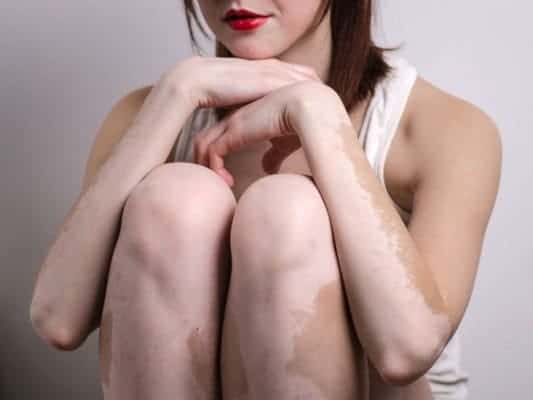
The exact cause of vitiligo is not determined. It is believed to be an autoimmune reaction that targets the melanocytes and damages them. Vitiligo has also been considered a hereditary disorder related to the health history of the patient’s family. The disorder may also be caused by sunburns and emotional distress.
The factors that can damage the melanocytes and inhibit the formation of melanin can be:
i. An Autoimmune Reaction
The immune system wrongly identifies the melanocytes as harmful and attacks them.
ii. Excessive Stress
Mental strain can be manifested in the body as numerous disorders, and vitiligo could be one of them. This happens because stress profoundly impacts the immune system.
iii. Skin Injuries, Sunburns, Or Cuts
These can be as intense as to bring about an abnormal manifestation of the skin like the loss of color.
iv. Chemical Exposure
The contact of the skin with harsh chemicals can cause its discoloration.
v. Heredity
Vitiligo has been found to be common among members of the same family.
vi. Genetic Oxidative Stress
This is caused due to an imbalance between the production of free radicals in the body and its natural detoxification process.
vii. Hormonal Link
Disorders of the thyroid hormones or melanocyte-stimulating hormone can also influence and trigger vitiligo.
viii. The Self-Destruction Of Melanocytes
Under an auto cytotoxic condition, the melanocytes could destroy themselves. This might be triggered by stress, neural, immunological, or genetic factors.
ix. Viral Agent
Vitiligo caused by a viral agent is still a hypothesis, and it has not been completely proven.
x. Neural Cause
This cause is also in its theoretical phase.
Risk Group
Vitiligo can affect persons from any race and sex equally, though its manifestation will be more prominent in dark skin.
The people that have a slightly higher risk of contracting it are those with autoimmune diseases like hypothyroidism or have vitiligo cases in their family.
Symptoms Of Vitiligo
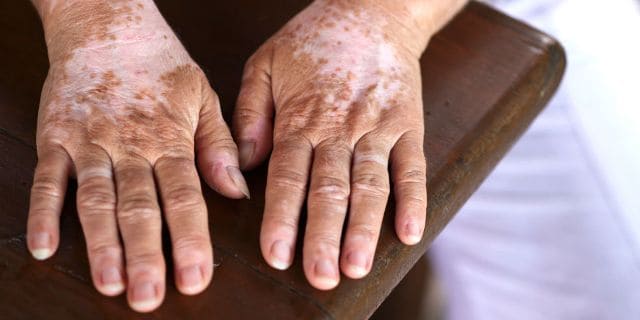
The main symptom of vitiligo is the appearance of white patches in different areas of the body. They are commonly found in exposed parts such as the hands, arms, feet, face, and lips. But they can also appear on the armpits, the navel, the genitals, and mucous membranes like the interior of the nose or mouth.
There might be an early graying of the hair and a spread of the white patches induced by physical or emotional stress.
How To Diagnose Vitiligo?
The diagnosis of vitiligo includes a study of the family history, a physical exam, questions about recent diseases and possible stress and sunburns, and tests that include:
- Biopsy of the affected skin
- Blood tests
- Eye exams
Treatment For Vitiligo
The treatment of vitiligo aims at making the skin tone evener. The treatment option depends on the severity of the disorder, the size and number of the patches, and the person’s personal choice.
Some treatments can be long and not completely effective. They may also have undesired consequences or side effects.
The conventional options to restore the skin color include:
- Topical medicines
- Oral medicines
- UVA and PUVA rays
- Depigmentation of the rest of the skin to match the affected areas
- Skin grafts from the patient’s own body





